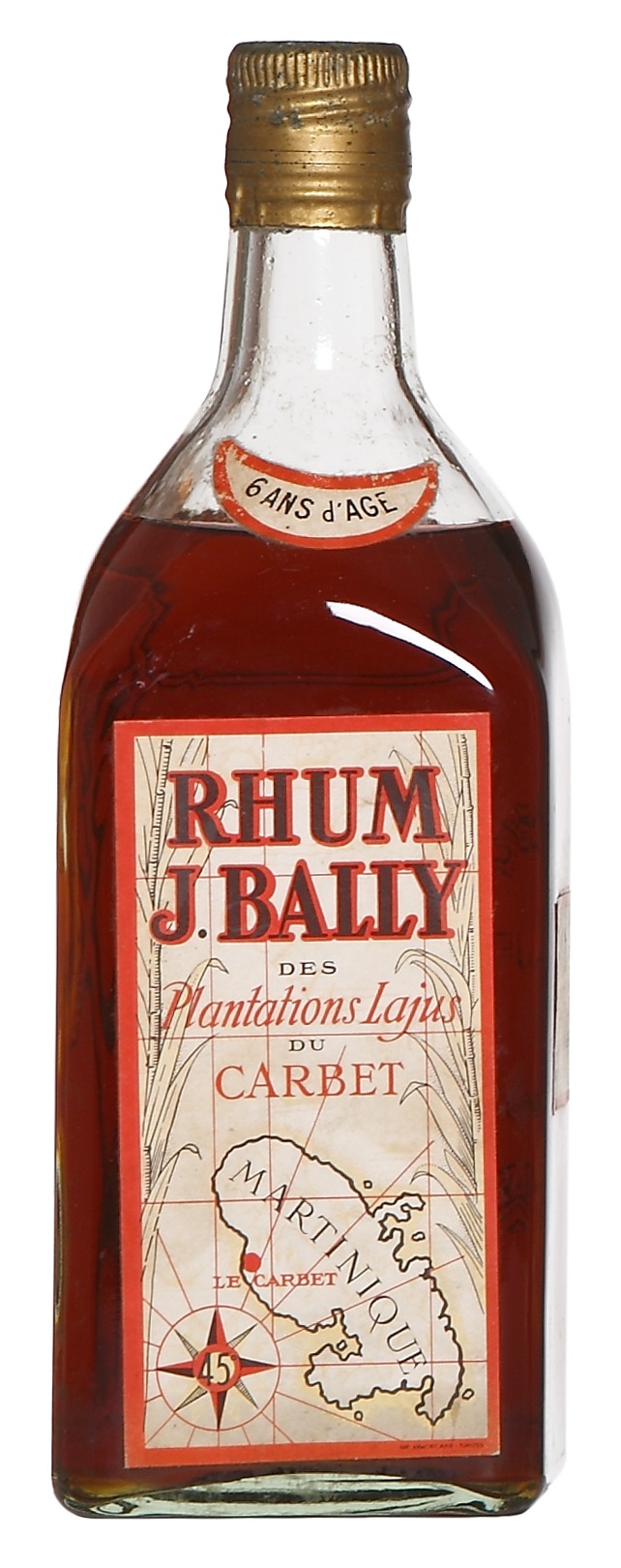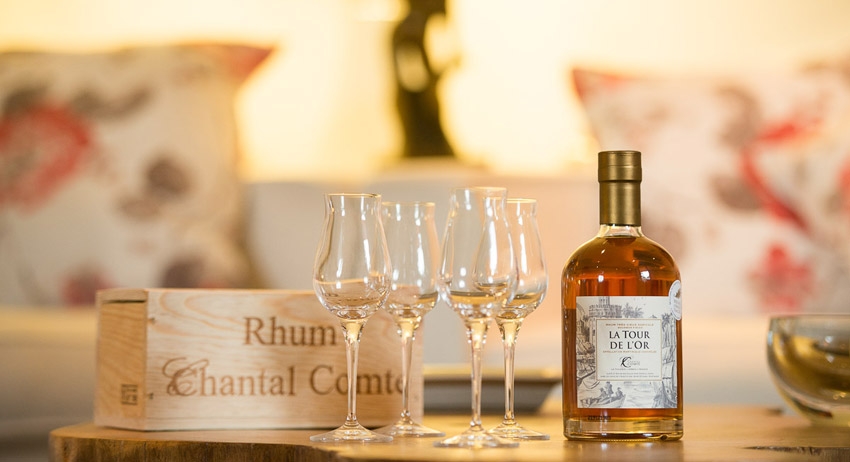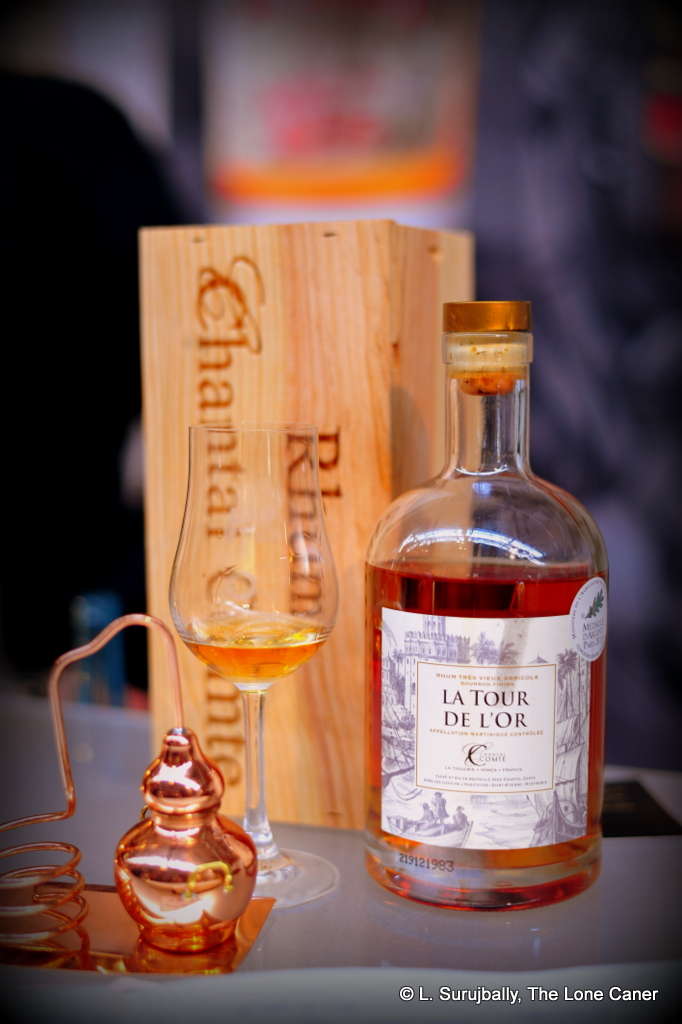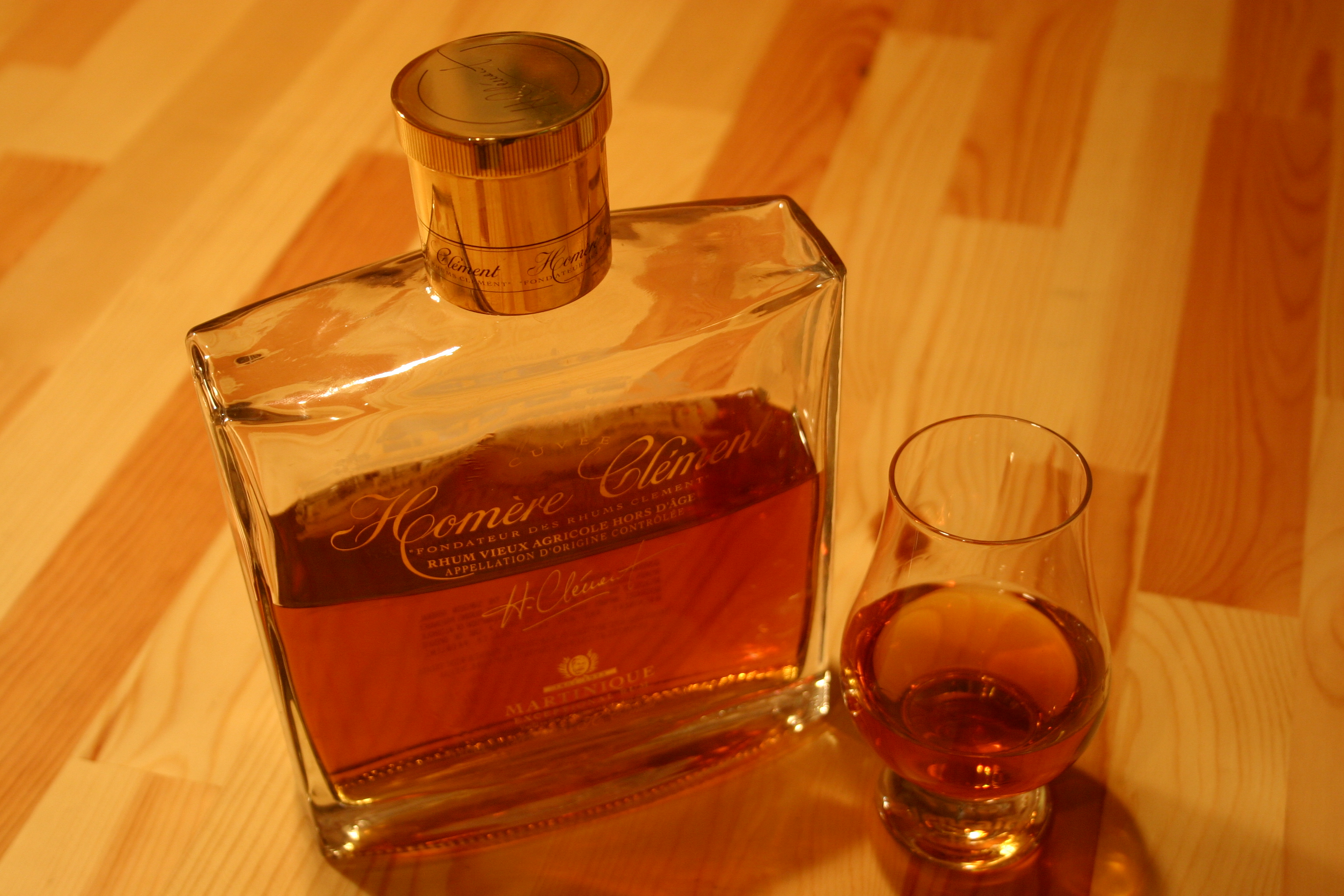#353
Particular attention should be paid to the “small cask” moniker in the title here, because what it means is that this sterling and near-outstanding little rum was matured in small French Limousin oak casks called “octaves” that hold fifty-five liters, not a couple hundred or more as in the “standard” (and it not a single cask, by the way). Combine both the tropical maturation and the smaller cask size, and what we can expect with such a product, then, is a rum of some intensity of flavour. Which it is, and it delivers, in spades. In the blind tasting with a bunch of other Martinique and Guadeloupe agricoles — Dillon 12 YO 45%, Bielle 2007 7 YO 57.3%, Rhum Rhum Liberation 2015 Integrale and another six (or was that seven?) – this one edged them all out by just a smidgen and that’s quite an achievement when you consider what it was being rated against.
If you feel these remarks are unjustifiably over-enthusiastic, feel free to dive right in and just smell this luscious 46% copper-amber coloured agricole. It was light and flowery, much more so than any of the others; acetones and nail polish mingled happily with the sweet vanilla and chocolaty-coffee aromas of a busy day at the confectioner’s, and there were creamy scents of milk chocolate, truffles, cocoa, before these bowed and took their place at the rear, allowing gently tart fruity notes to edge forward – red currants, red guavas, freshly cut apples, sugar cane sap and pears for the most part. These all emerged gradually and in no way interfered with each other, combining to produce a very aromatic, if gentle, nose — warmly supportive rather than bitingly sarcastic, so to speak.
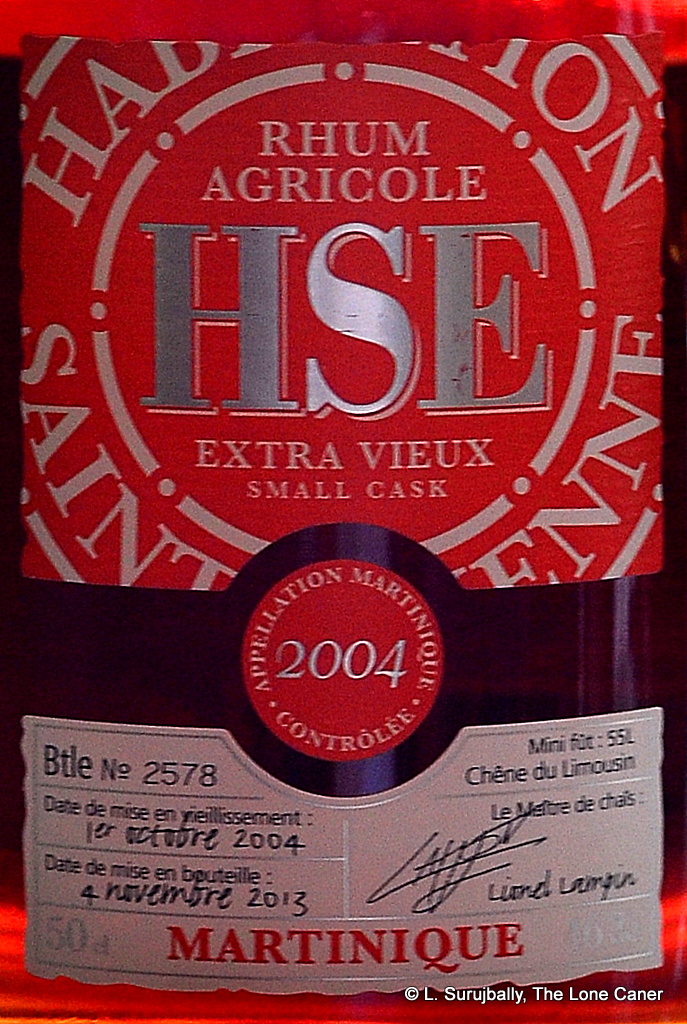 It was also quite excellent to taste. It had a lovely mélange of gapes, nutmeg and cinnamon to start off with and then presented bananas and coconut, vanilla ice cream and some caramel; gradually a robust background of salty cheddar, ginger, orange peel became more noticeable. Here the oak became quite distinct, though thankfully not entirely overwhelming – it was enough to make itself known with emphasis, that’s all, and perhaps even that might be a whiff too much. With water florals and ripe apples and pears and grapes again, and edging around it all was a nice burnt sugar taste that reminded me of sugar cane fields set to flame in the cutting season (something like the Clement Tres Vieux XO). The finish was all right, somewhat short, but warm and comfortable, with light cider, chocolate and creamy notes and a touch of brine.
It was also quite excellent to taste. It had a lovely mélange of gapes, nutmeg and cinnamon to start off with and then presented bananas and coconut, vanilla ice cream and some caramel; gradually a robust background of salty cheddar, ginger, orange peel became more noticeable. Here the oak became quite distinct, though thankfully not entirely overwhelming – it was enough to make itself known with emphasis, that’s all, and perhaps even that might be a whiff too much. With water florals and ripe apples and pears and grapes again, and edging around it all was a nice burnt sugar taste that reminded me of sugar cane fields set to flame in the cutting season (something like the Clement Tres Vieux XO). The finish was all right, somewhat short, but warm and comfortable, with light cider, chocolate and creamy notes and a touch of brine.
All in all, a really good dram – I really enjoyed this one. The balance of tastes matched the available strength pretty well and neither overcompensated for flaws in the other. I’m not much of a whisky drinker (to the annoyance of many), but there was something quite bourbon-y about the HSE Small Cask – maybe I should try a few more of those just to see how the comparison holds up. Probably not – there are far too many rums and rhums out there I haven’t tried yet, and products like this one are a good reason to keep up the voyage of discovery. So why pay extra coin for whisky when rums are so much cheaper and often just as good (I always say better) in quality, right?
For those who are into the details, the rum is an AOC-certified Martinique rhum made from cane juice, distilled on a creole still in October 2004, bottled November 2013 (I bought mine in early 2016), and nine years old. Unfortunately there is no detail regarding the outturn, though my bottle was numbered #2578, so feel free to guess away. With numbers like that, it would appear that there are still many more bottles available – this is not one of those sixty-bottle runs that you can’t get ten days after it hits the market: and that’s all to the good, because even at its price and for a scrawny 500ml, it’s a great-tasting rhum, and though it’s “only” 46%, you’re getting quite a little pocket-Hercules of taste in your glass when you try it and does the brand no dishonour whatsoever.
(87.5/100)
Other notes
Some background notes on Habitation St. Etienne can be found on the review for the HSE 2007 Millesime issued with/by la Confrerie du Rhum – that one was also very good.
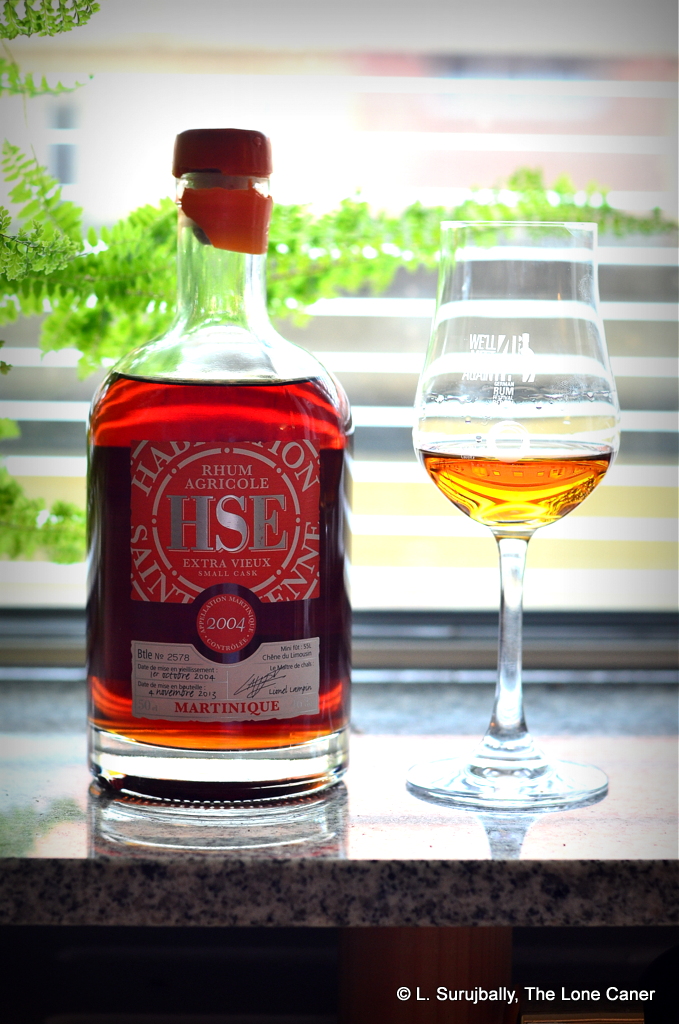
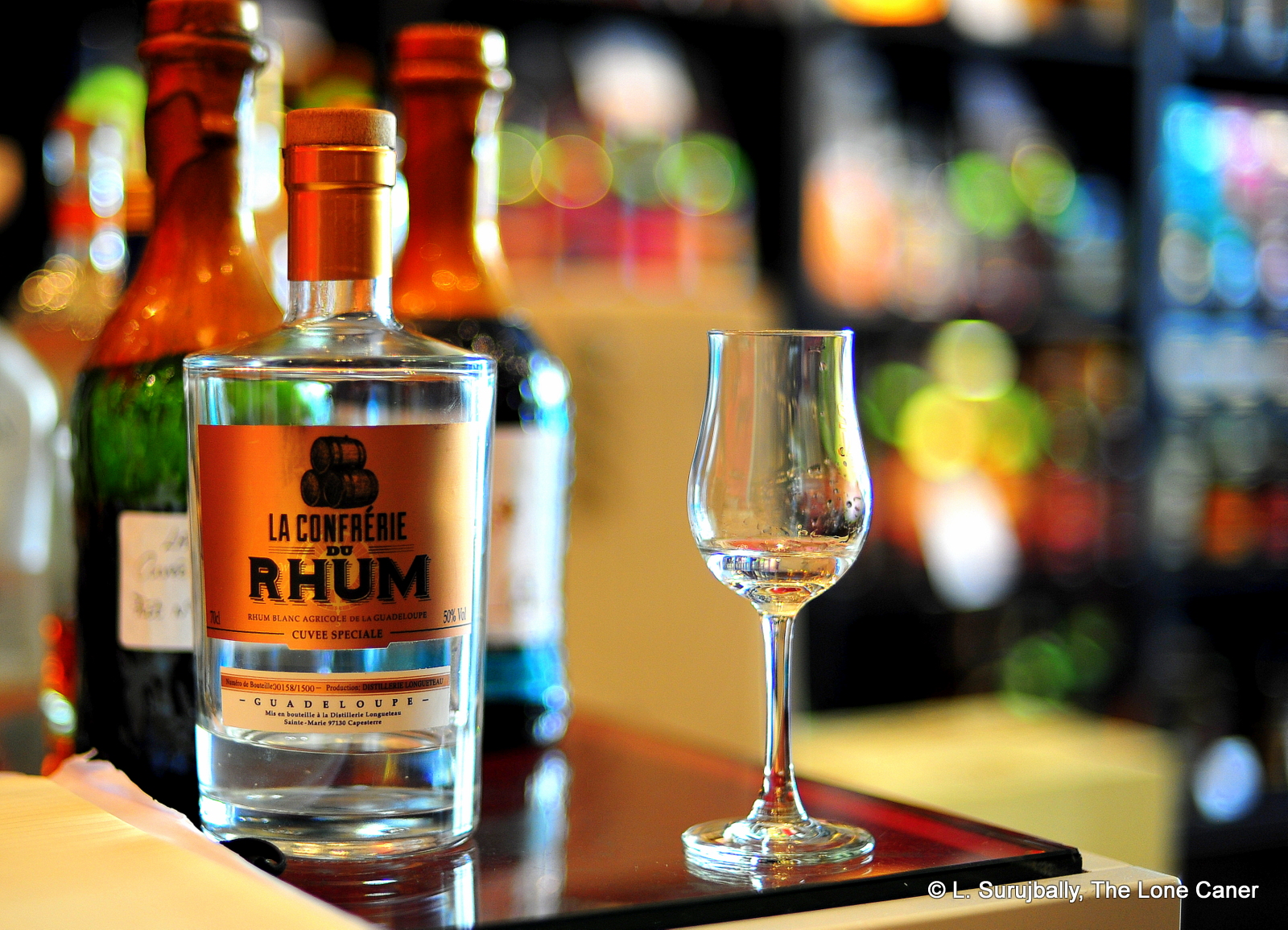
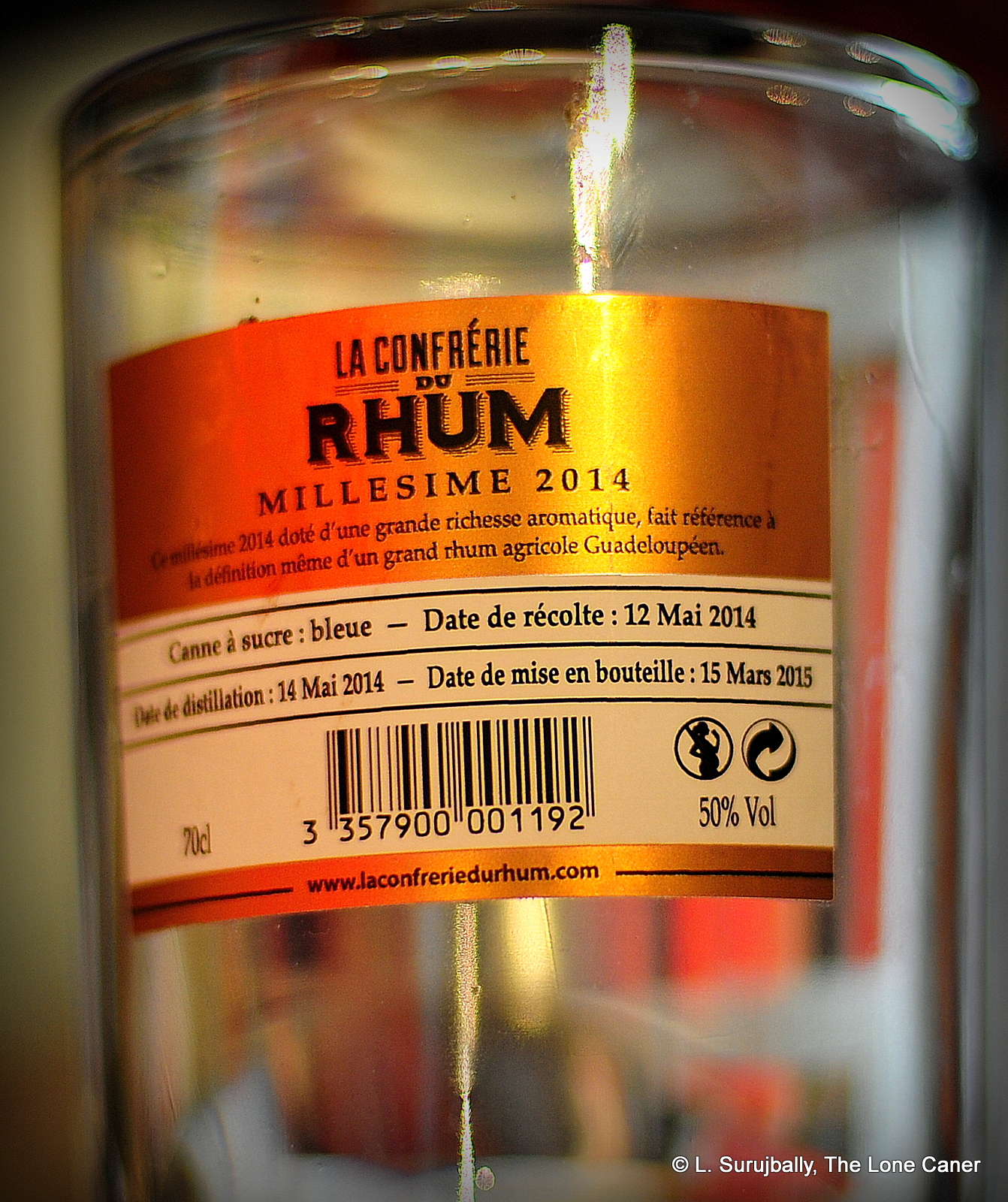
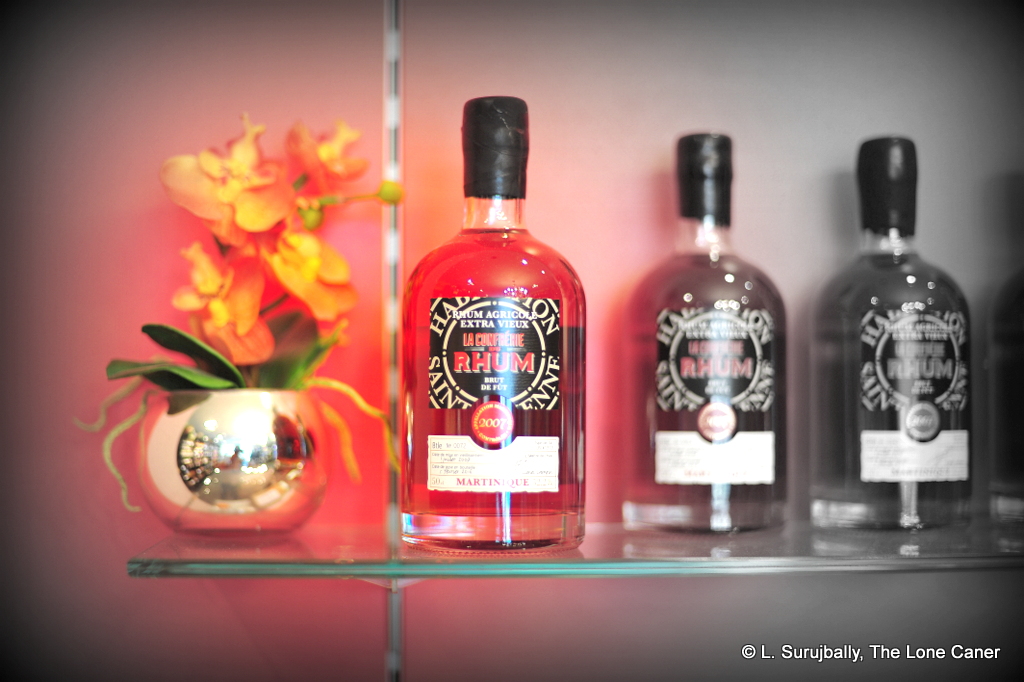
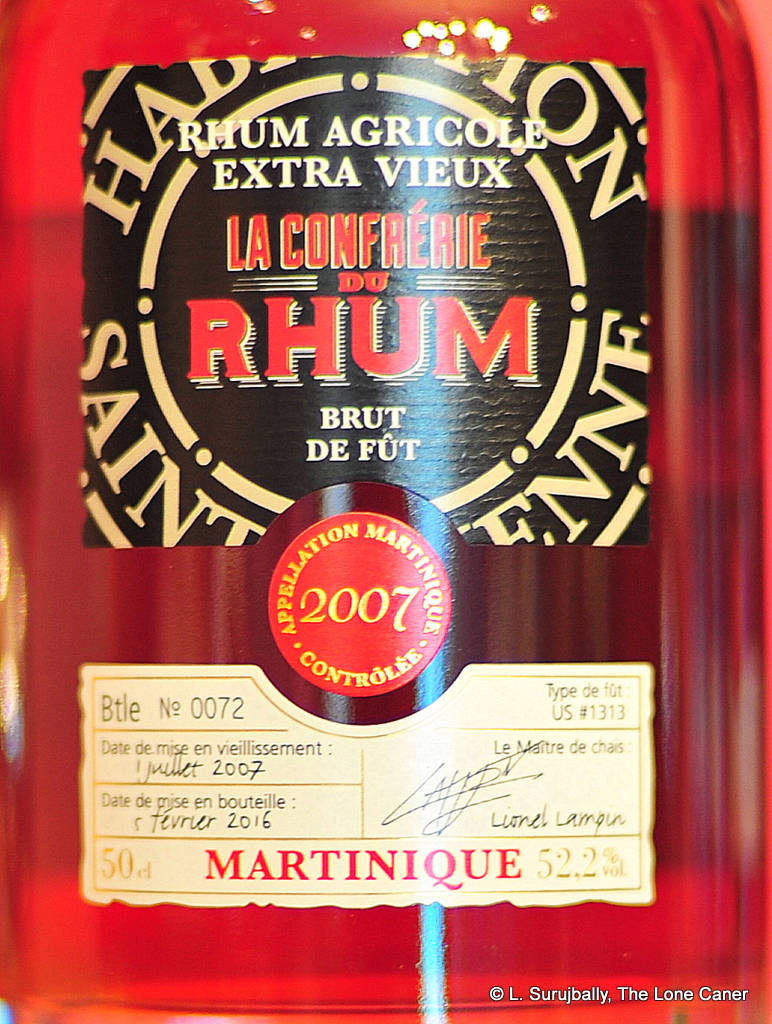

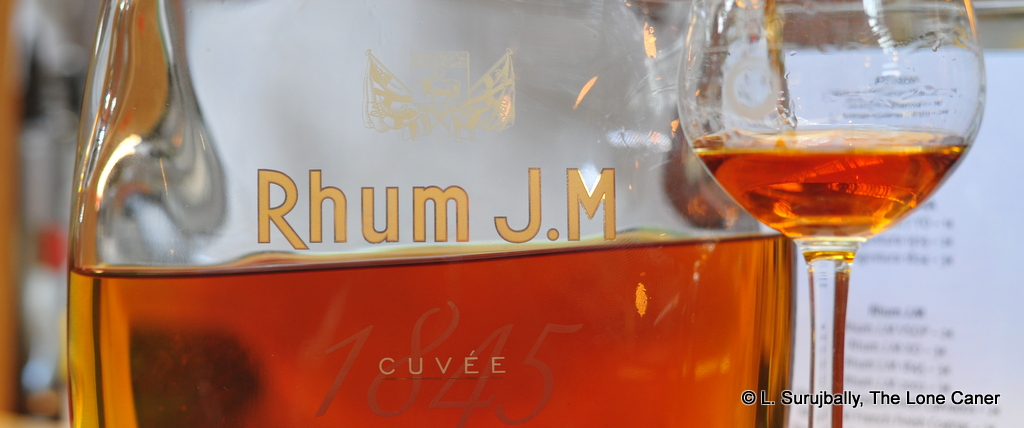
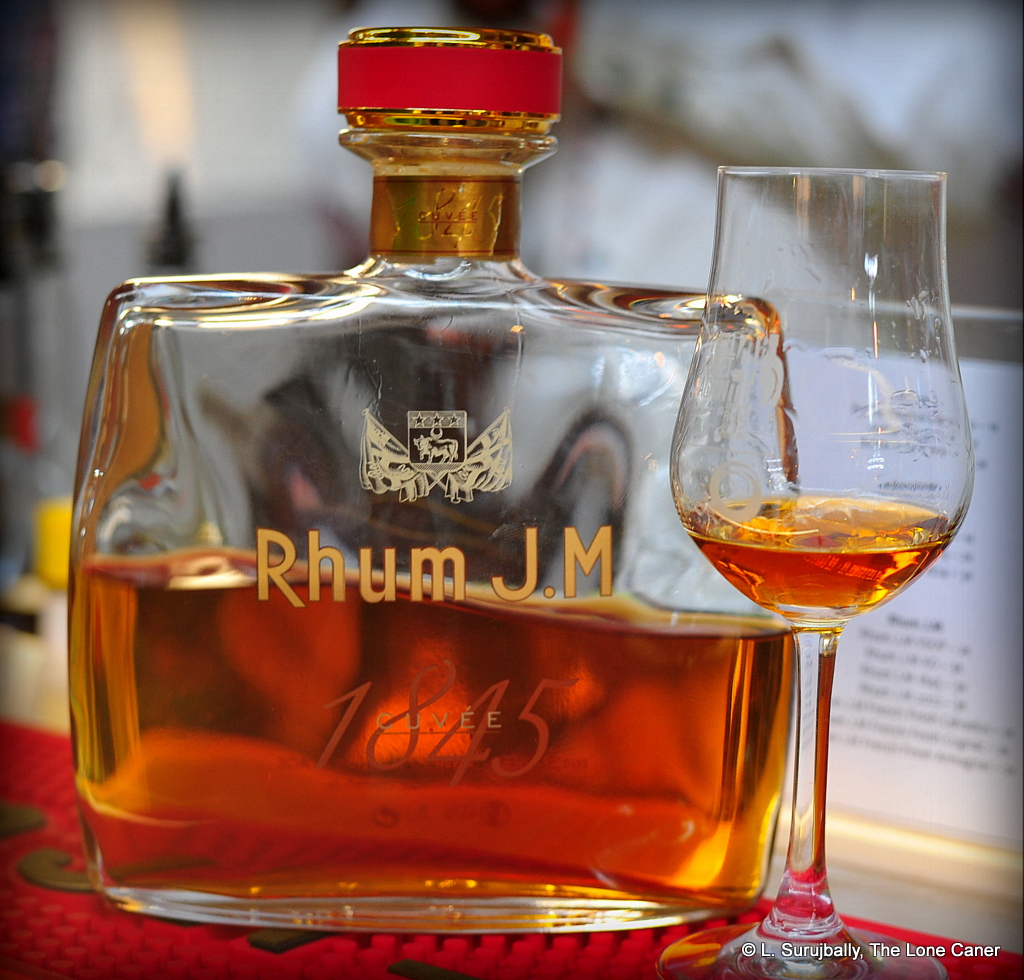
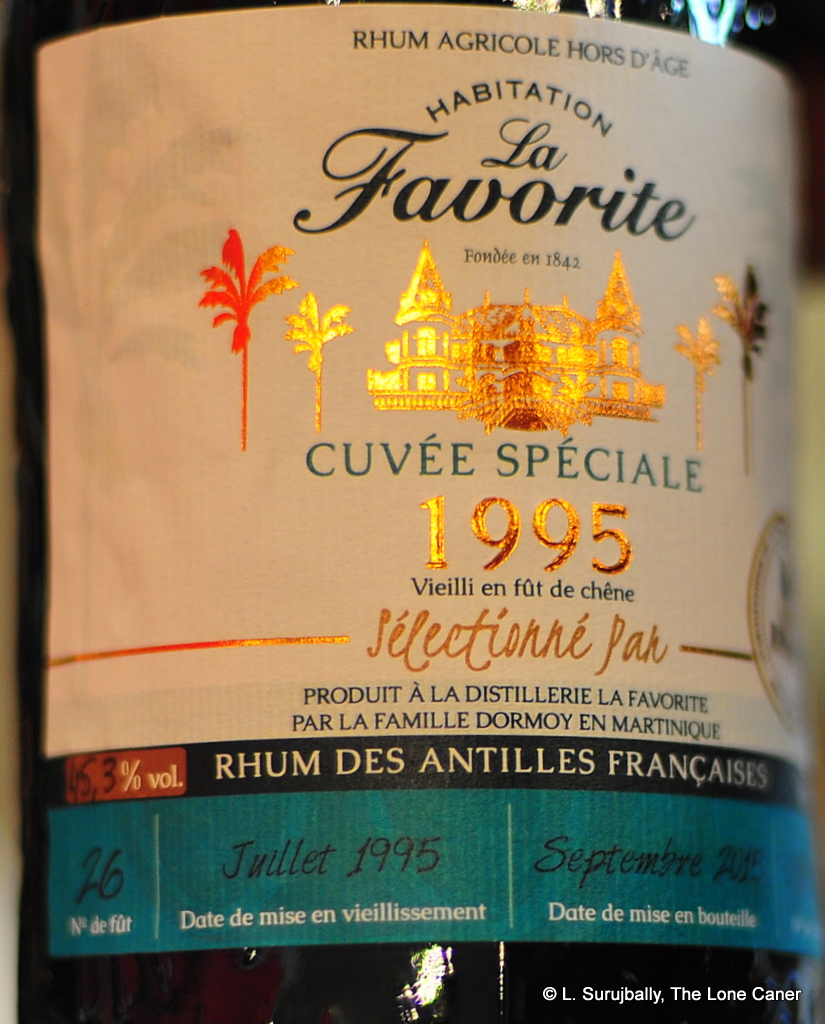

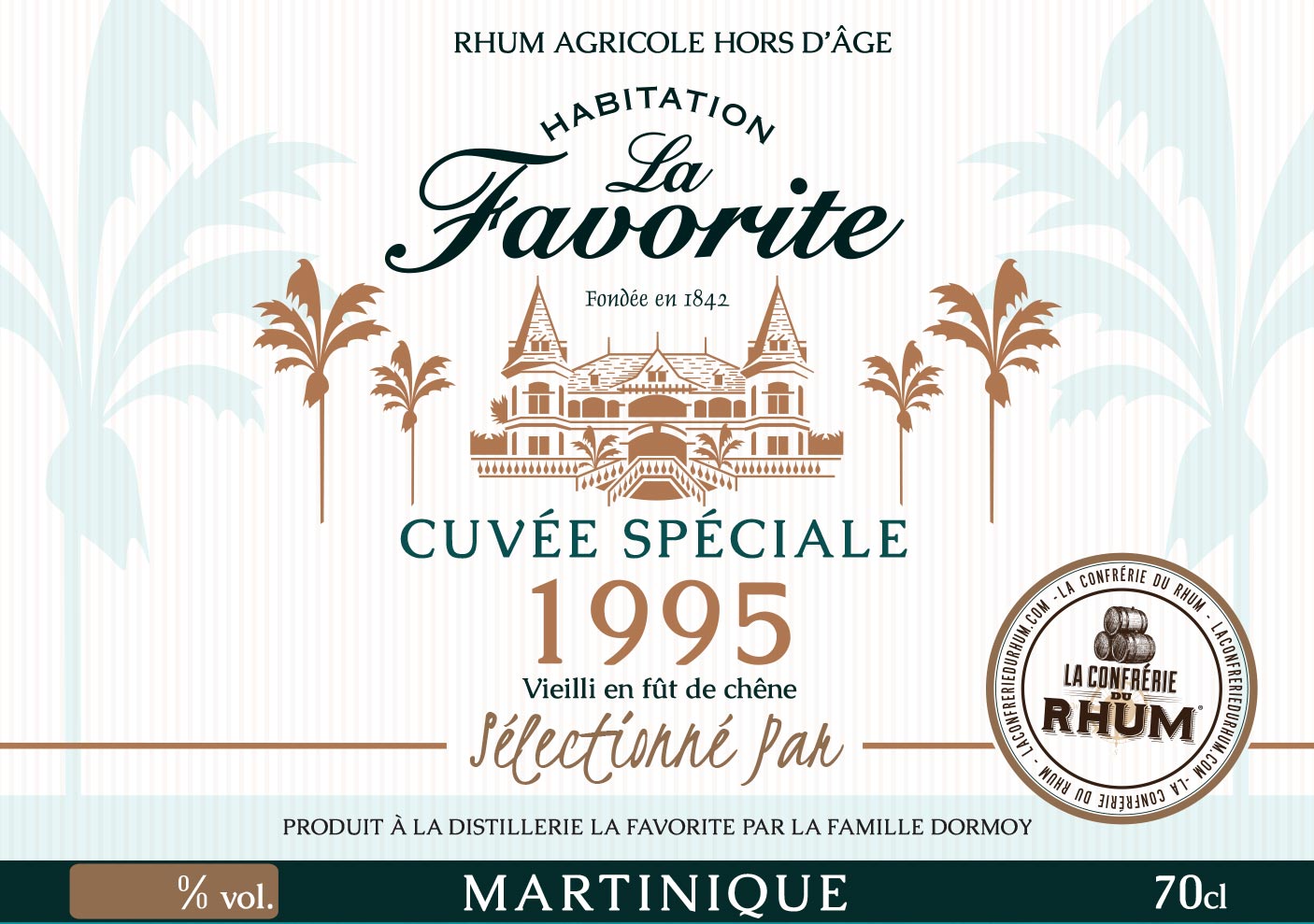

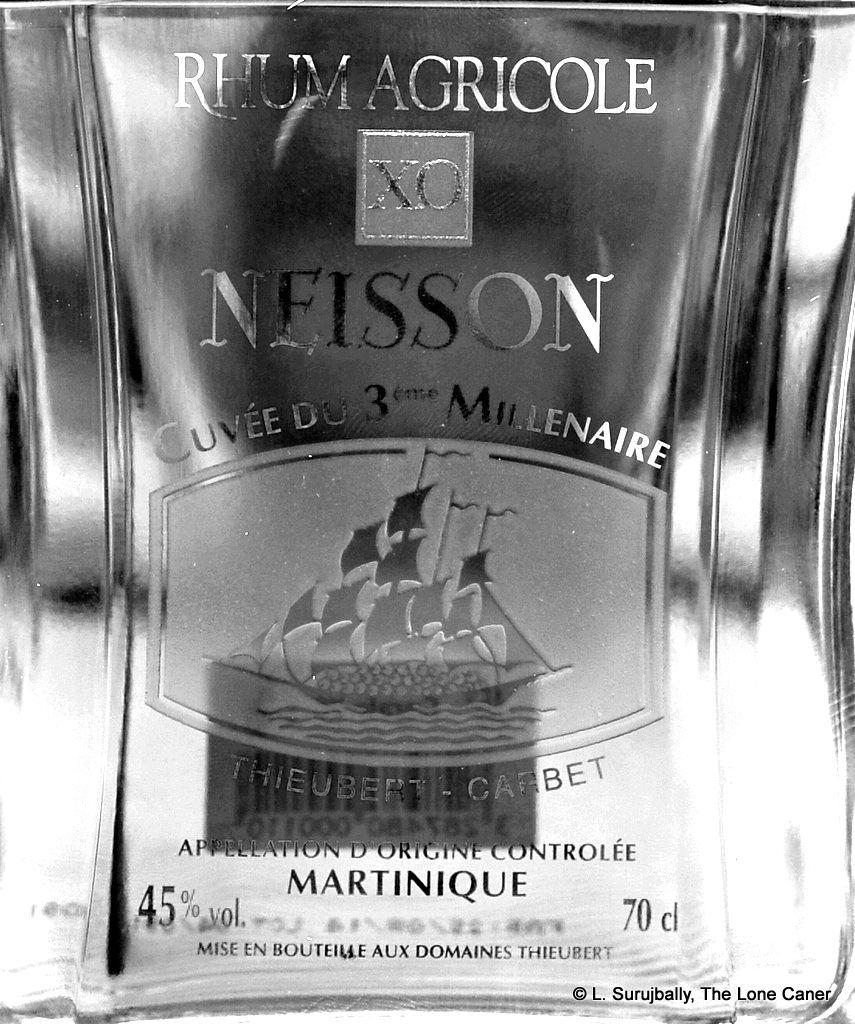
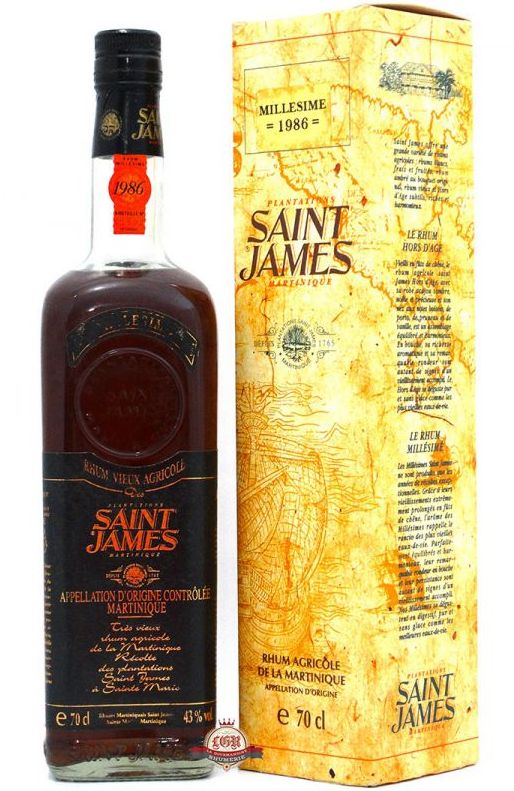
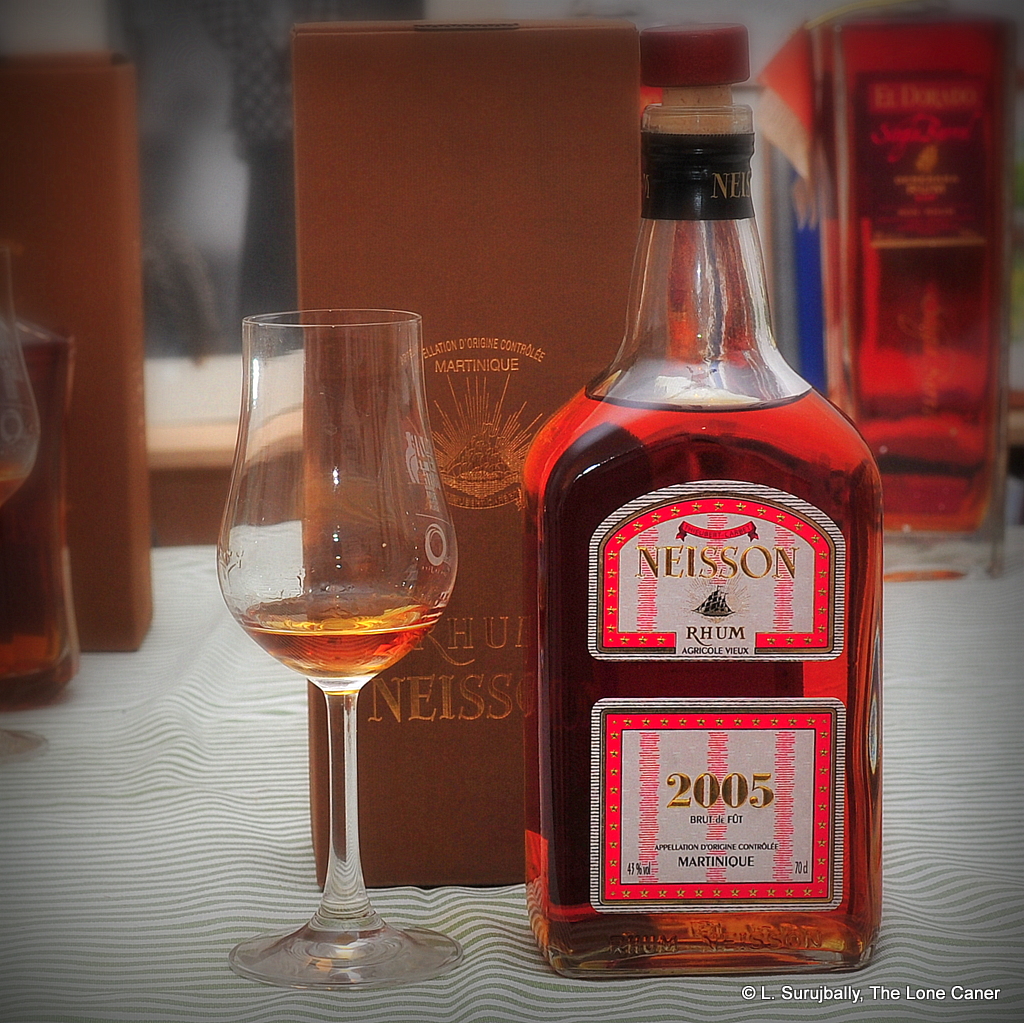
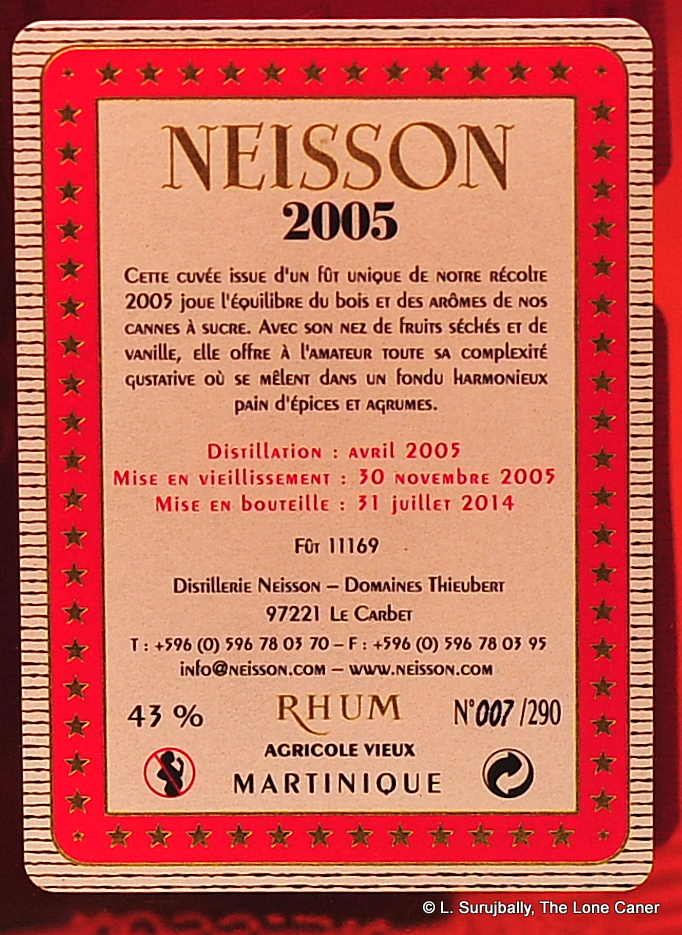 I speak of course of that oily, sweet salt tequila note that I’ve noted on all Neissons so far. What made this one a standout in its own way was the manner in which that portion of the profile was dialled down and restrained on the nose – the 43% made it an easy sniff, rich and warm, redolent of apples, pears,and watermelons…and that was just the beginning. As the rhum opened up, the fleshier fruits came forward (apricots, ripe red cherries, pears, papayas, rosemary, fennel, attar of roses) and I noted with some surprise the way more traditional herbal and grassy sugar cane sap notes really took a backseat – it didn’t make it a bad rhum in any way, just a different one, somewhat at right angles to what one might have expected.
I speak of course of that oily, sweet salt tequila note that I’ve noted on all Neissons so far. What made this one a standout in its own way was the manner in which that portion of the profile was dialled down and restrained on the nose – the 43% made it an easy sniff, rich and warm, redolent of apples, pears,and watermelons…and that was just the beginning. As the rhum opened up, the fleshier fruits came forward (apricots, ripe red cherries, pears, papayas, rosemary, fennel, attar of roses) and I noted with some surprise the way more traditional herbal and grassy sugar cane sap notes really took a backseat – it didn’t make it a bad rhum in any way, just a different one, somewhat at right angles to what one might have expected.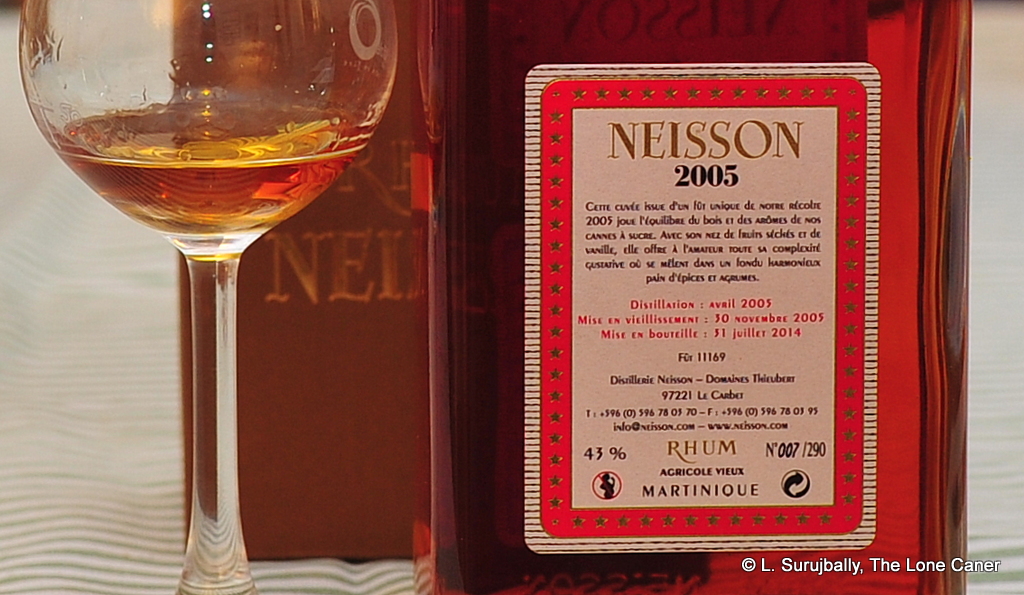 But I also didn’t get much in the way of wonder, of amazement, of excitement…something that would enthuse me so much that I couldn’t wait to write this and share my discovery. That doesn’t make it a bad rhum at all (as stated, I thought it was damned good on its own merits, and my score reflects that)…on the other hand, it hardly makes you drop the wife off to her favourite sale and rush out to the nearest shop, now, does it?
But I also didn’t get much in the way of wonder, of amazement, of excitement…something that would enthuse me so much that I couldn’t wait to write this and share my discovery. That doesn’t make it a bad rhum at all (as stated, I thought it was damned good on its own merits, and my score reflects that)…on the other hand, it hardly makes you drop the wife off to her favourite sale and rush out to the nearest shop, now, does it?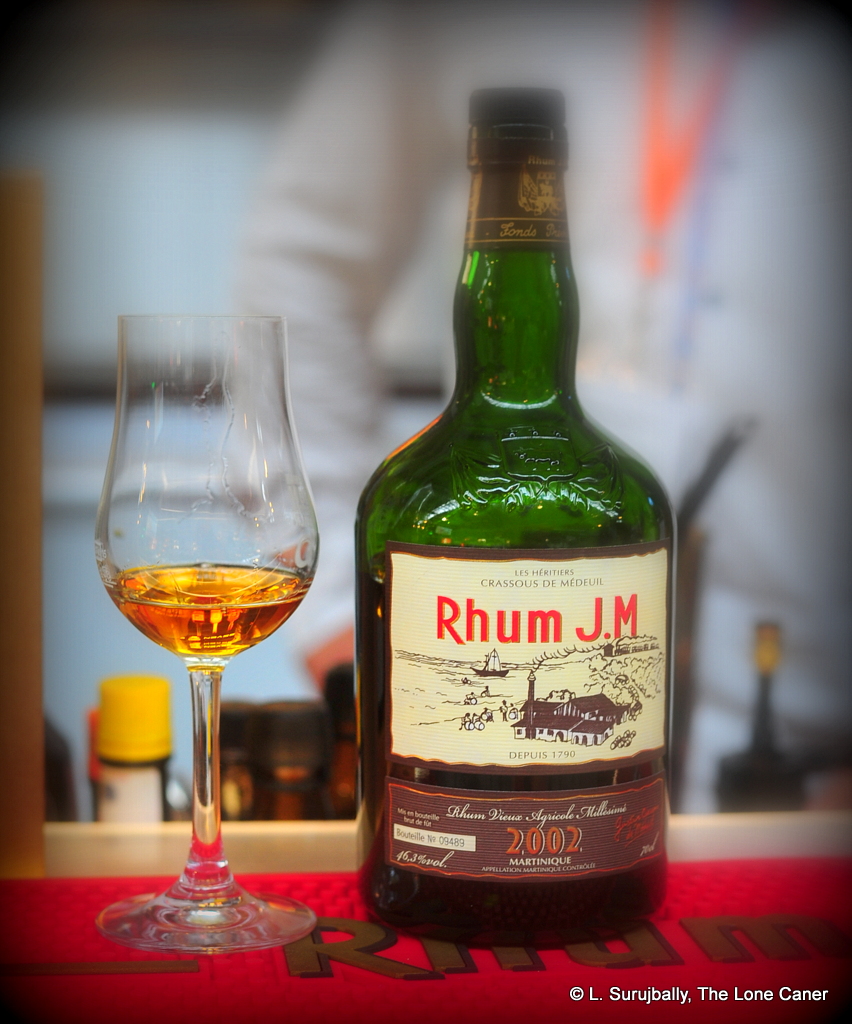
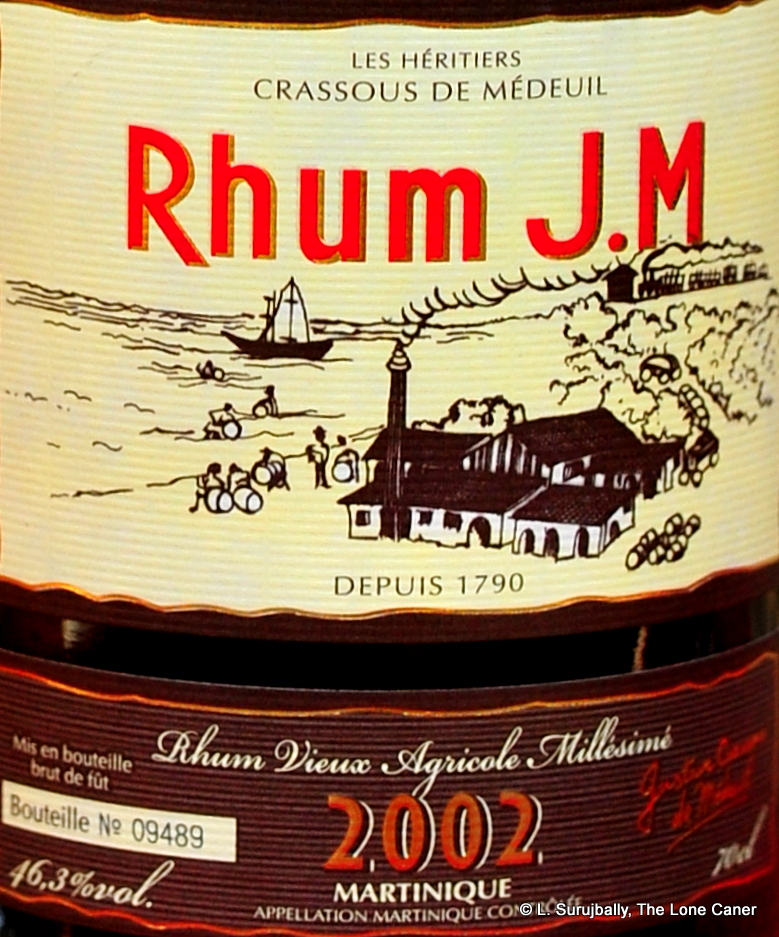
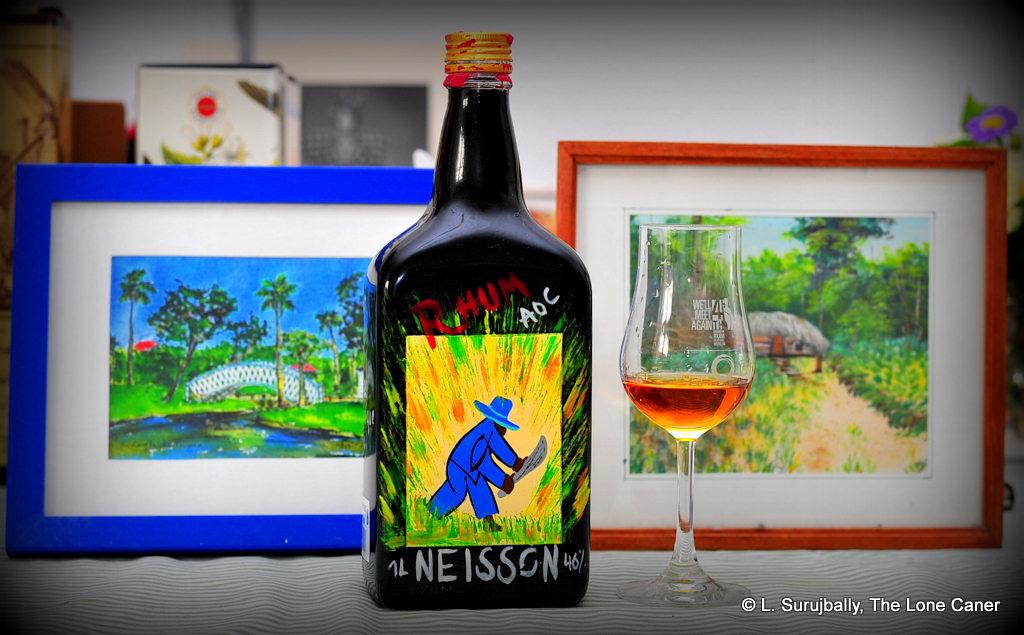
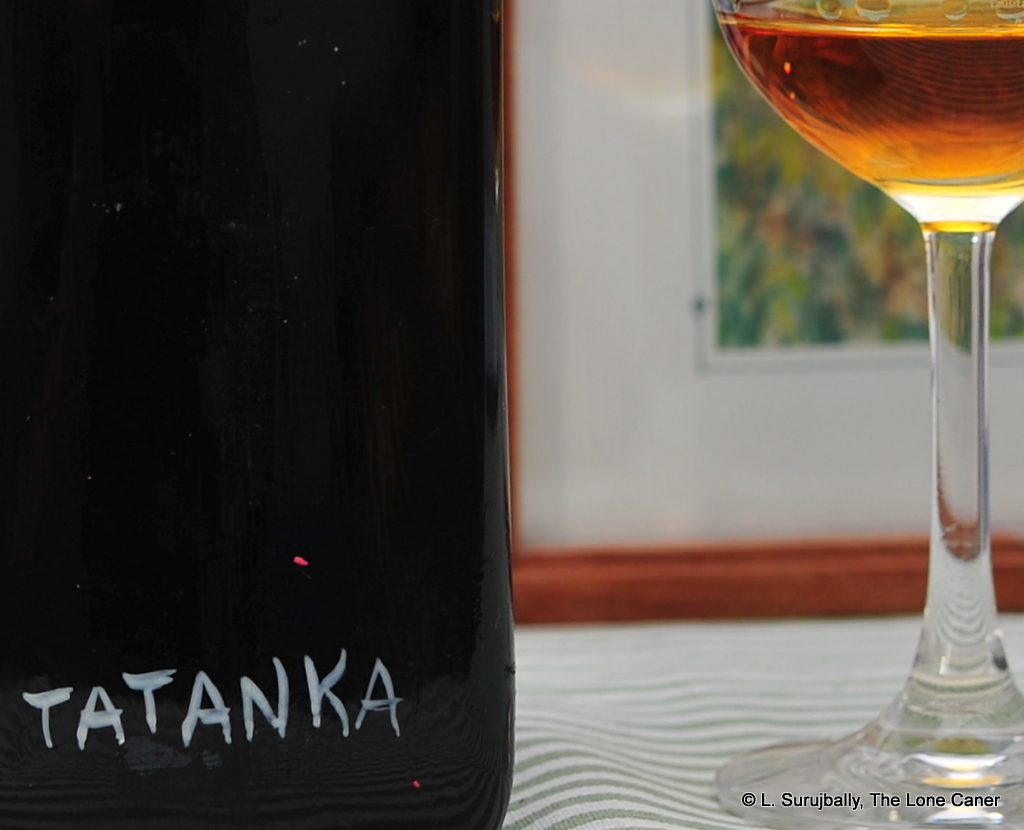 Okay, I jest a little, but consider the nose on the 46% orange-gold spirit. It displayed that same spicy, musky and almost meaty scent of salt butter and olives and tequila doing some bodacious ragtime, sweat and stale eau-de-vie going off in all directions. It was thick and warm to smell, mellowing out into more fleshy, overripe (almost going bad) mangoes and papayas and pineapples, just not so sweet. Spices, maybe cardamom, and some wet coffee grounds. At the back end, after a while, it was possible to detect the leather and smoke and slight bitter whisper of some wood tannins hinting at some unspecified ageing, but where was the crisp, clear aroma of an agricole? The grasses and herbaceous lightness that so characterizes the style? I honestly couldn’t smell it clearly, could barely sense it – so, points for originality, not so much for recognition (though admittedly, that was just me, and your own mileage may vary;
Okay, I jest a little, but consider the nose on the 46% orange-gold spirit. It displayed that same spicy, musky and almost meaty scent of salt butter and olives and tequila doing some bodacious ragtime, sweat and stale eau-de-vie going off in all directions. It was thick and warm to smell, mellowing out into more fleshy, overripe (almost going bad) mangoes and papayas and pineapples, just not so sweet. Spices, maybe cardamom, and some wet coffee grounds. At the back end, after a while, it was possible to detect the leather and smoke and slight bitter whisper of some wood tannins hinting at some unspecified ageing, but where was the crisp, clear aroma of an agricole? The grasses and herbaceous lightness that so characterizes the style? I honestly couldn’t smell it clearly, could barely sense it – so, points for originality, not so much for recognition (though admittedly, that was just me, and your own mileage may vary; 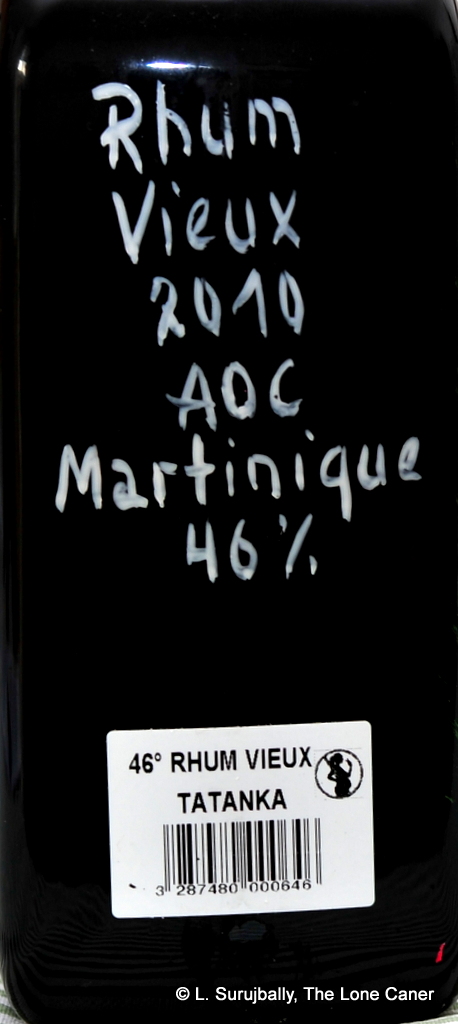 Still, there was little to find fault with once I actually got around to tasting the medium-going-on-heavy rhum. Once one got past the briny, slightly bitter initial profile, things warmed up, and it got interesting in a hurry. Green olives, peppers, some spice and bite, sure, but there was softer stuff coiling underneath too: peaches, apricots, overripe cherries (on the verge of going bad); salt beef and butter again (the concomitant creaminess was quite appealing), and I dunno, a chutney of some kind, stuffed with dill and sage. Like I said, really interesting – it was quite a unique taste profile. And the finish followed along from there – soft and warm and lasting, with sweet and salt and dusty hay mixing well – I am not reaching when I say it reminded me of the mingled dusty scents of a small cornershop in Guyana, where jars of sweets and medicines and noodles and dried veggies were on open display, and my brother and I would go to buy nibbles and maybe try to sneak into the pool hall next door.
Still, there was little to find fault with once I actually got around to tasting the medium-going-on-heavy rhum. Once one got past the briny, slightly bitter initial profile, things warmed up, and it got interesting in a hurry. Green olives, peppers, some spice and bite, sure, but there was softer stuff coiling underneath too: peaches, apricots, overripe cherries (on the verge of going bad); salt beef and butter again (the concomitant creaminess was quite appealing), and I dunno, a chutney of some kind, stuffed with dill and sage. Like I said, really interesting – it was quite a unique taste profile. And the finish followed along from there – soft and warm and lasting, with sweet and salt and dusty hay mixing well – I am not reaching when I say it reminded me of the mingled dusty scents of a small cornershop in Guyana, where jars of sweets and medicines and noodles and dried veggies were on open display, and my brother and I would go to buy nibbles and maybe try to sneak into the pool hall next door. Rumaniacs Review 018 | 0418
Rumaniacs Review 018 | 0418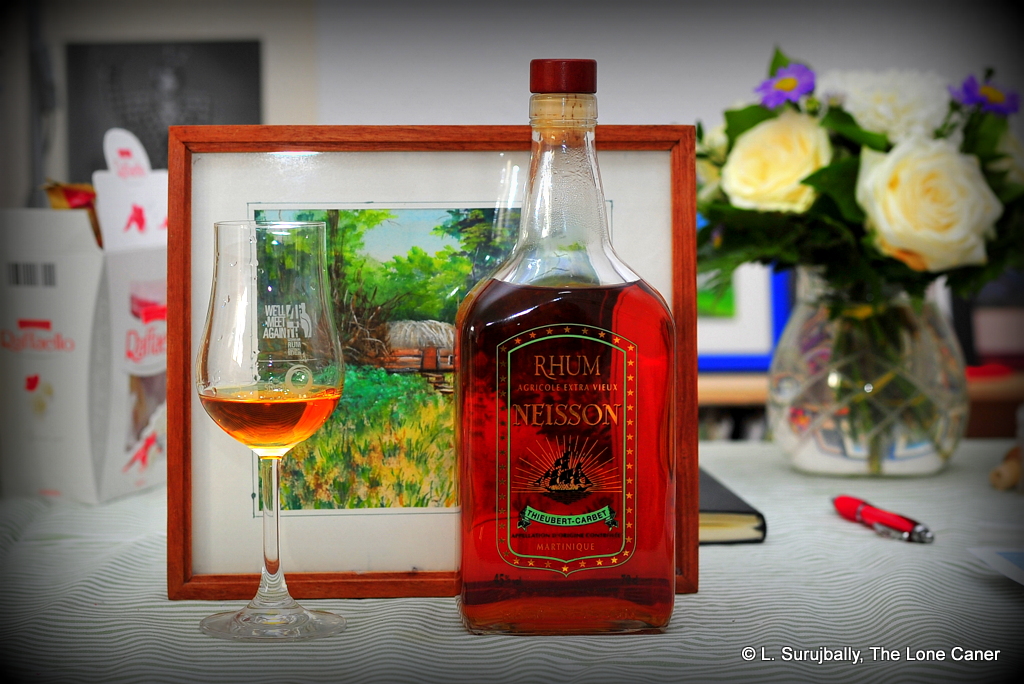
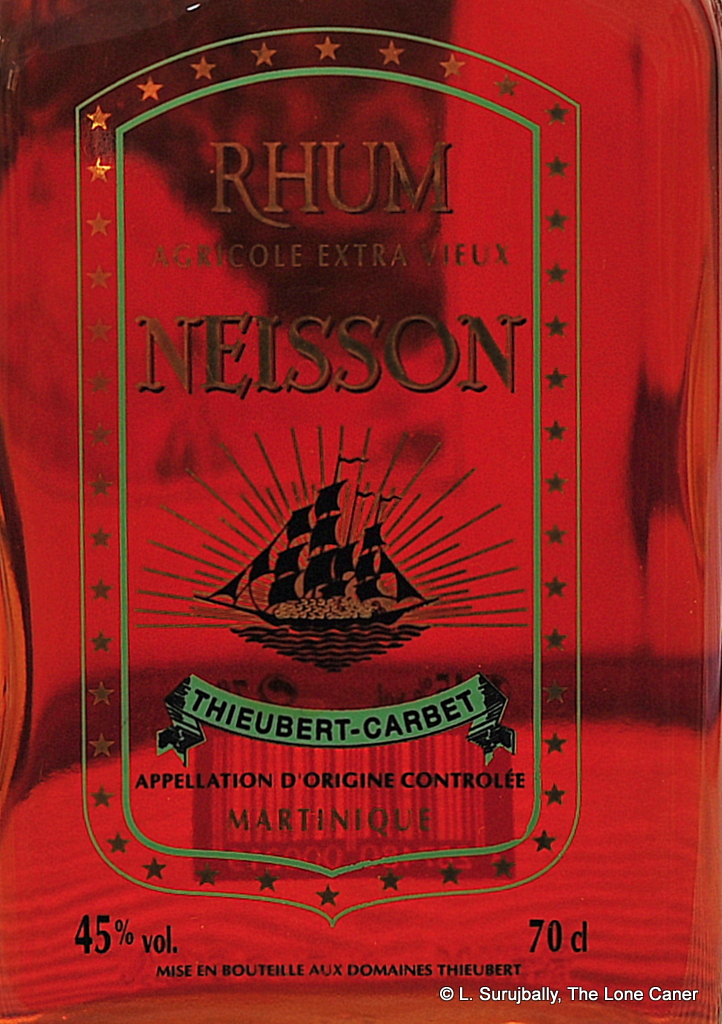
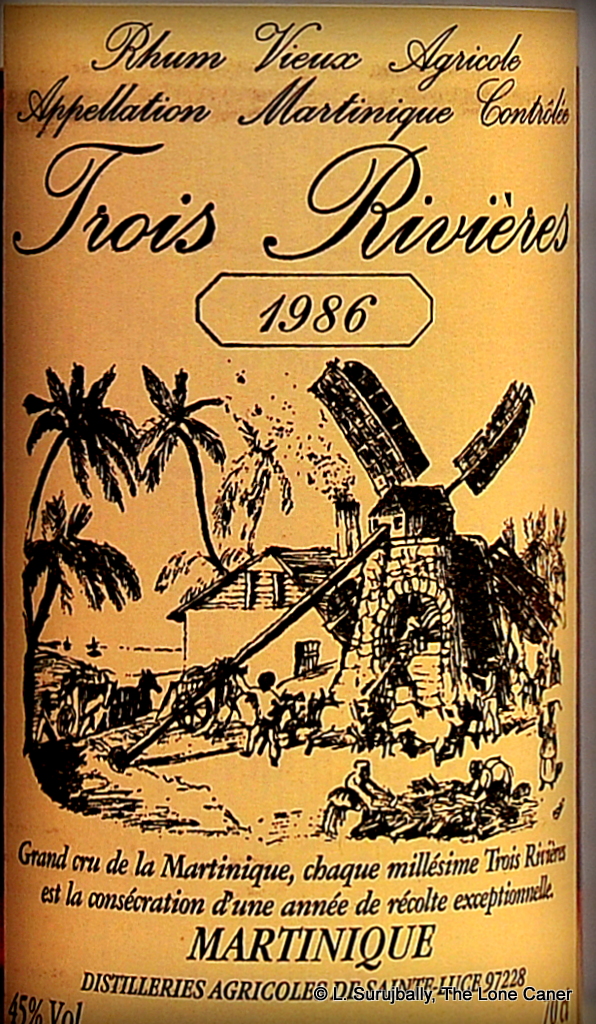
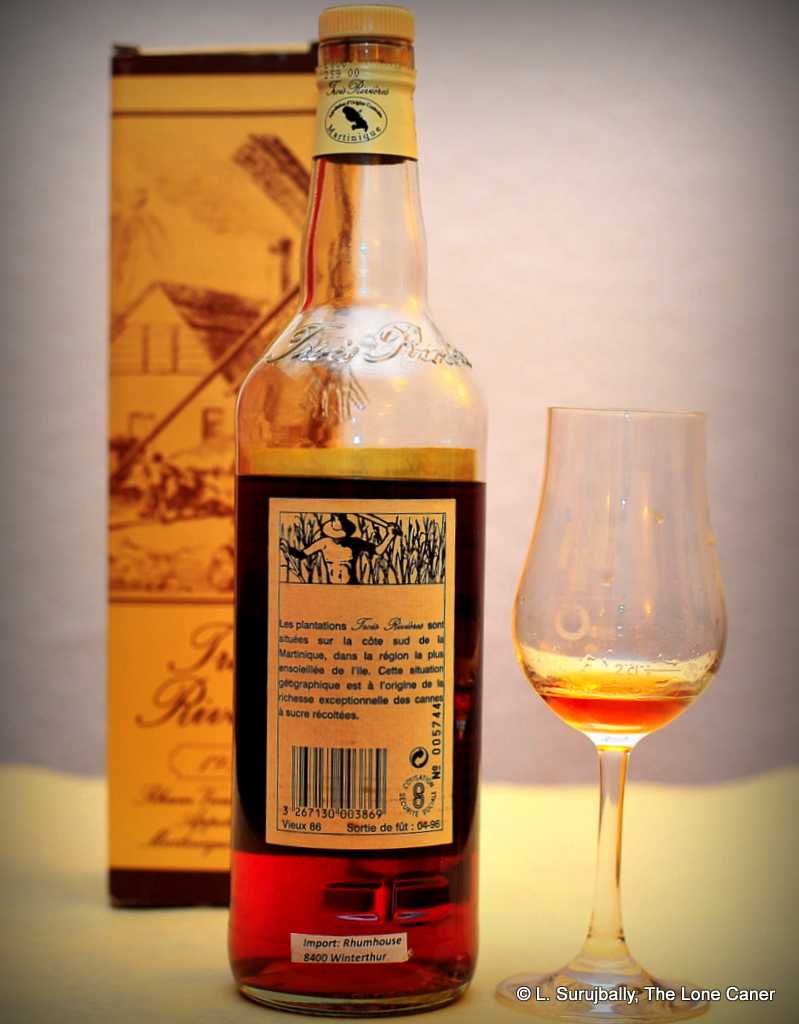
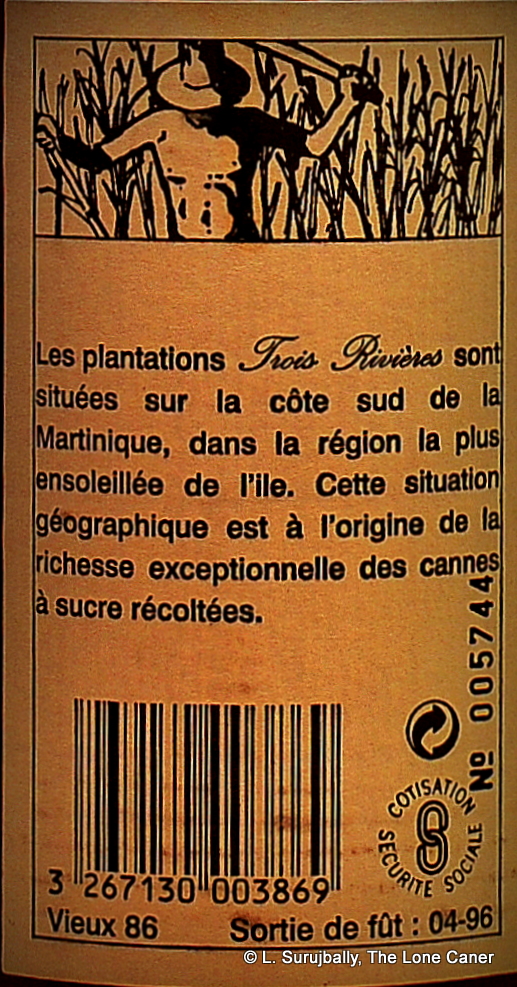 The question I asked of the 1975 (which I was using as a control alongside the Rhum Rhum Liberation Integrale, the
The question I asked of the 1975 (which I was using as a control alongside the Rhum Rhum Liberation Integrale, the 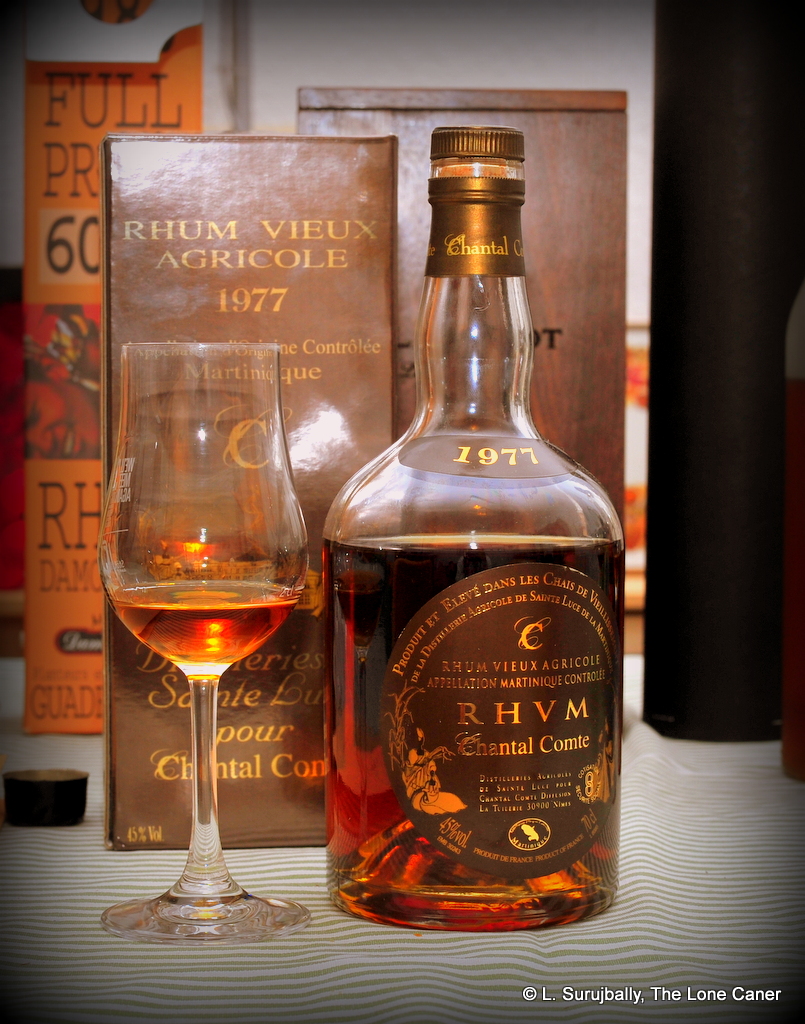
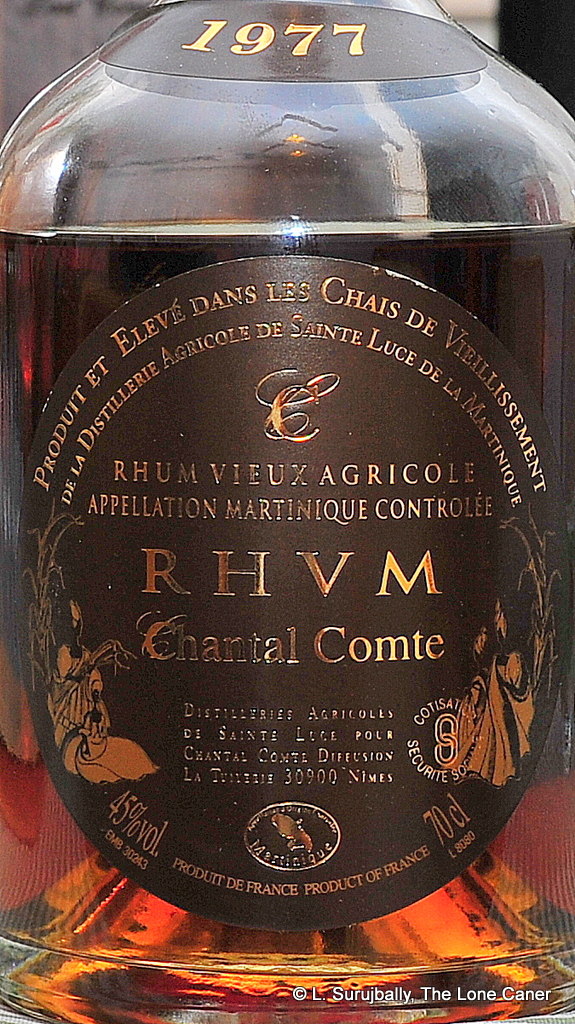 out ever letting you forget they existed. Salt beef in brine, red olives, grass, tannins, wood and faint smoke were more readily discernible, mixed in with heavier herbs like fennel and rosemary. These well balanced aromas were tied together by duskier notes of burnt sugar and vanillas and as it stood and opened up, slow scents of cream cheese and marshmallows crept out to satisfy the child within.
out ever letting you forget they existed. Salt beef in brine, red olives, grass, tannins, wood and faint smoke were more readily discernible, mixed in with heavier herbs like fennel and rosemary. These well balanced aromas were tied together by duskier notes of burnt sugar and vanillas and as it stood and opened up, slow scents of cream cheese and marshmallows crept out to satisfy the child within.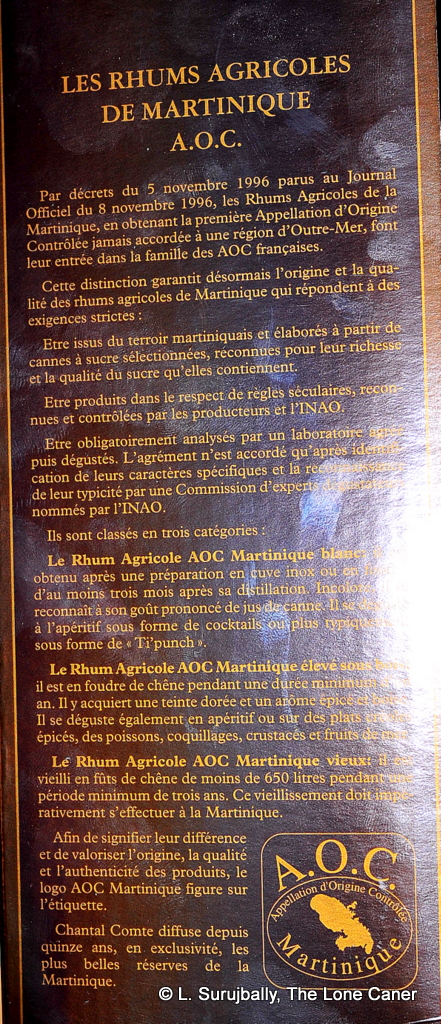
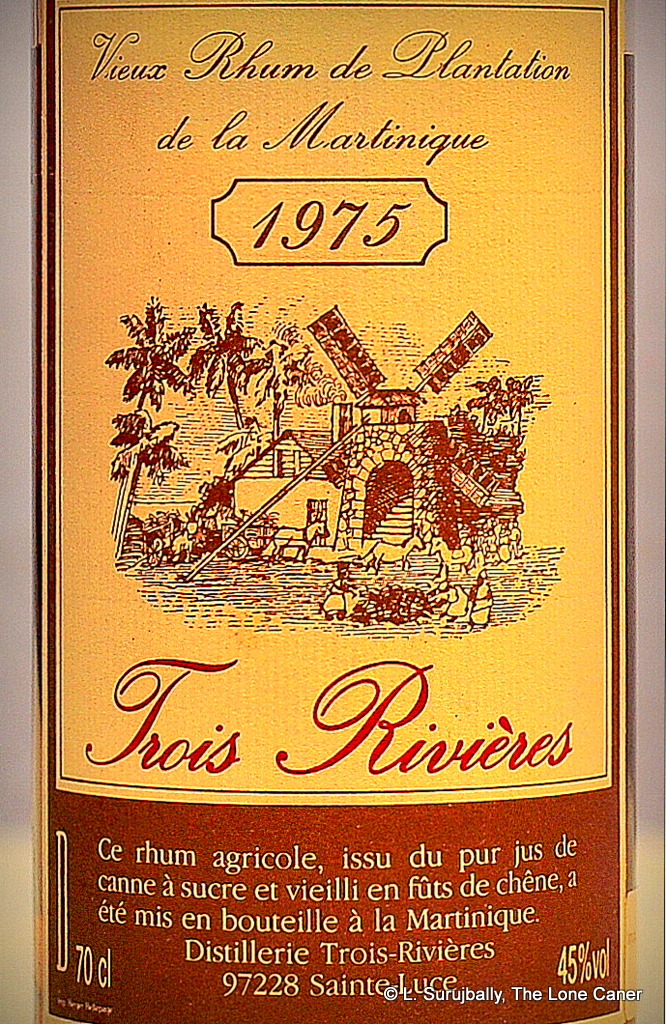
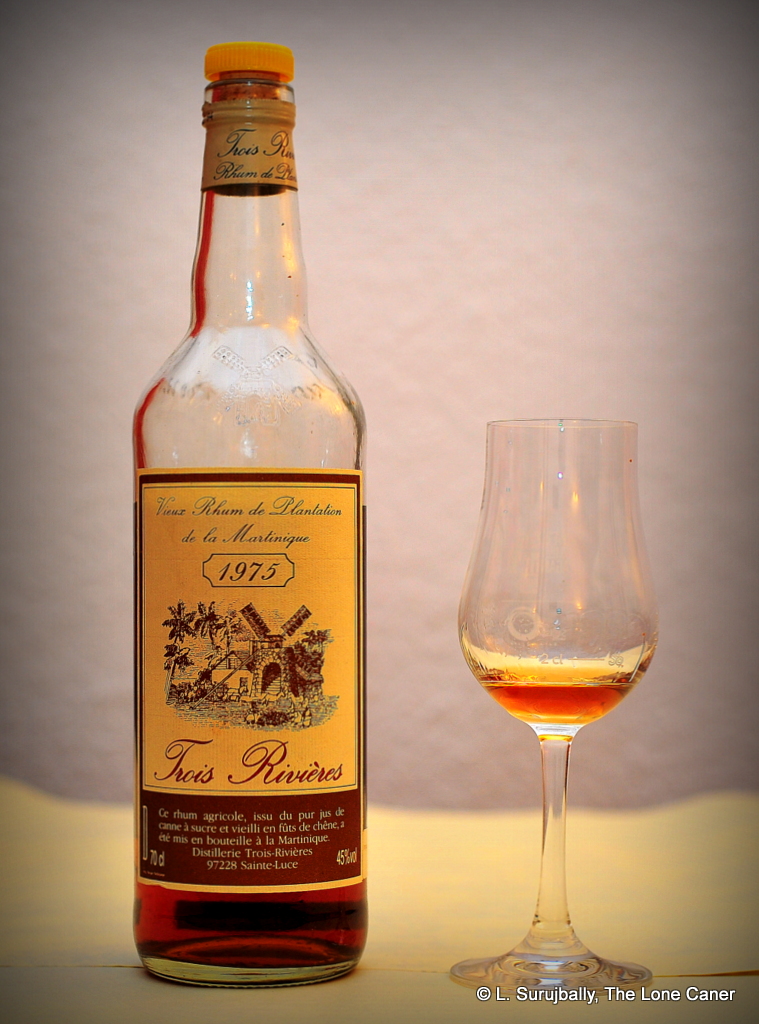
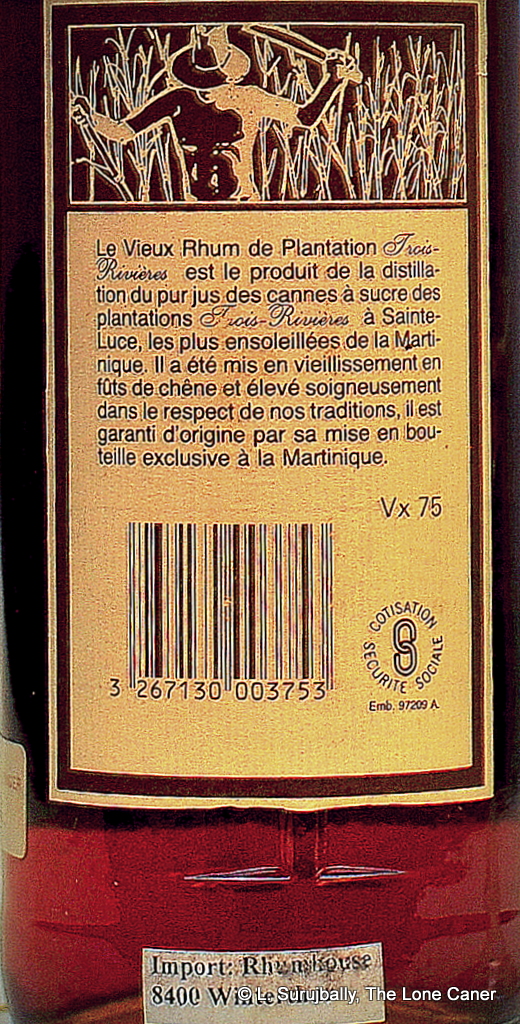
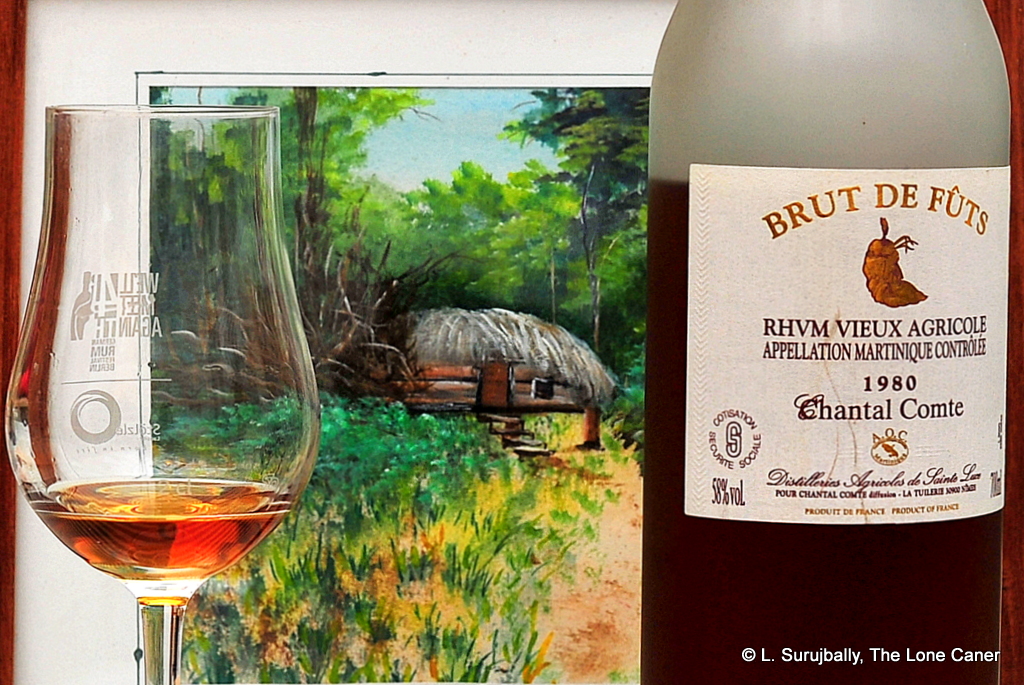
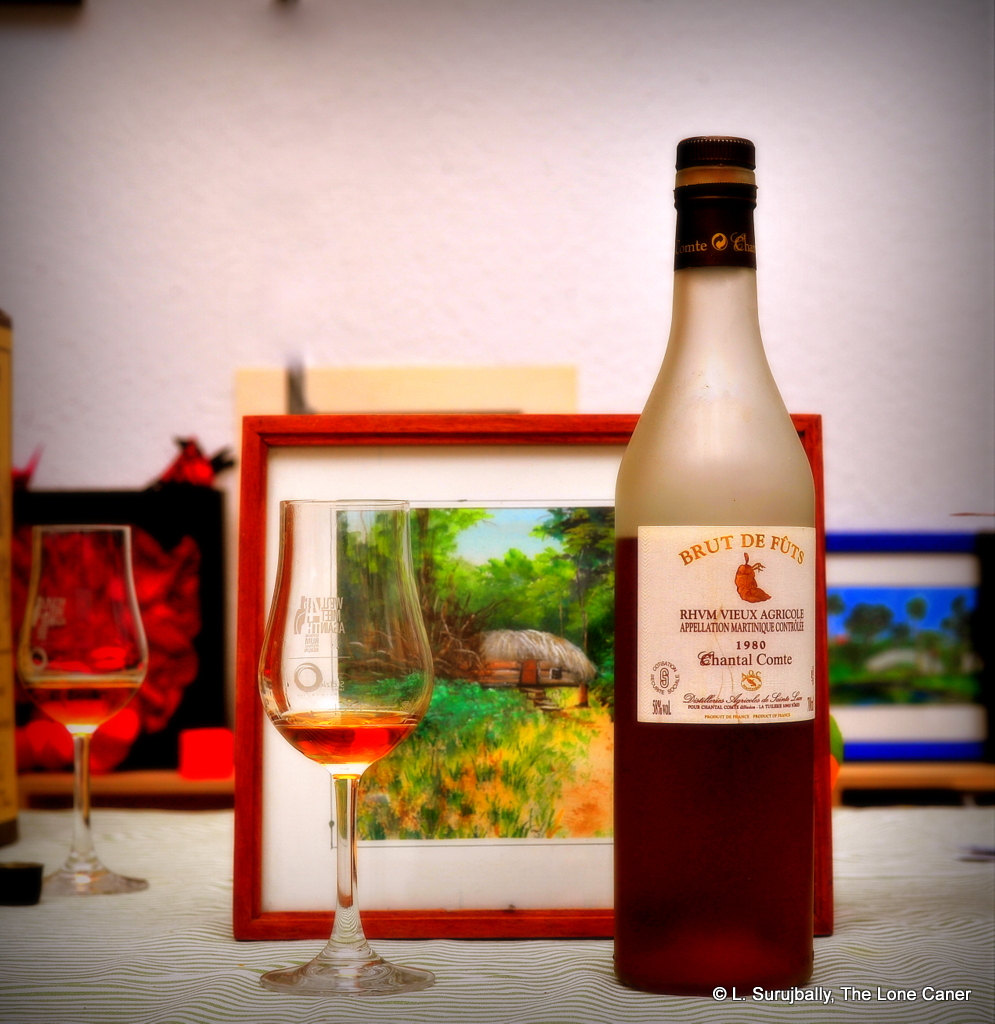
 Rumanicas Review 010 | 0410
Rumanicas Review 010 | 0410